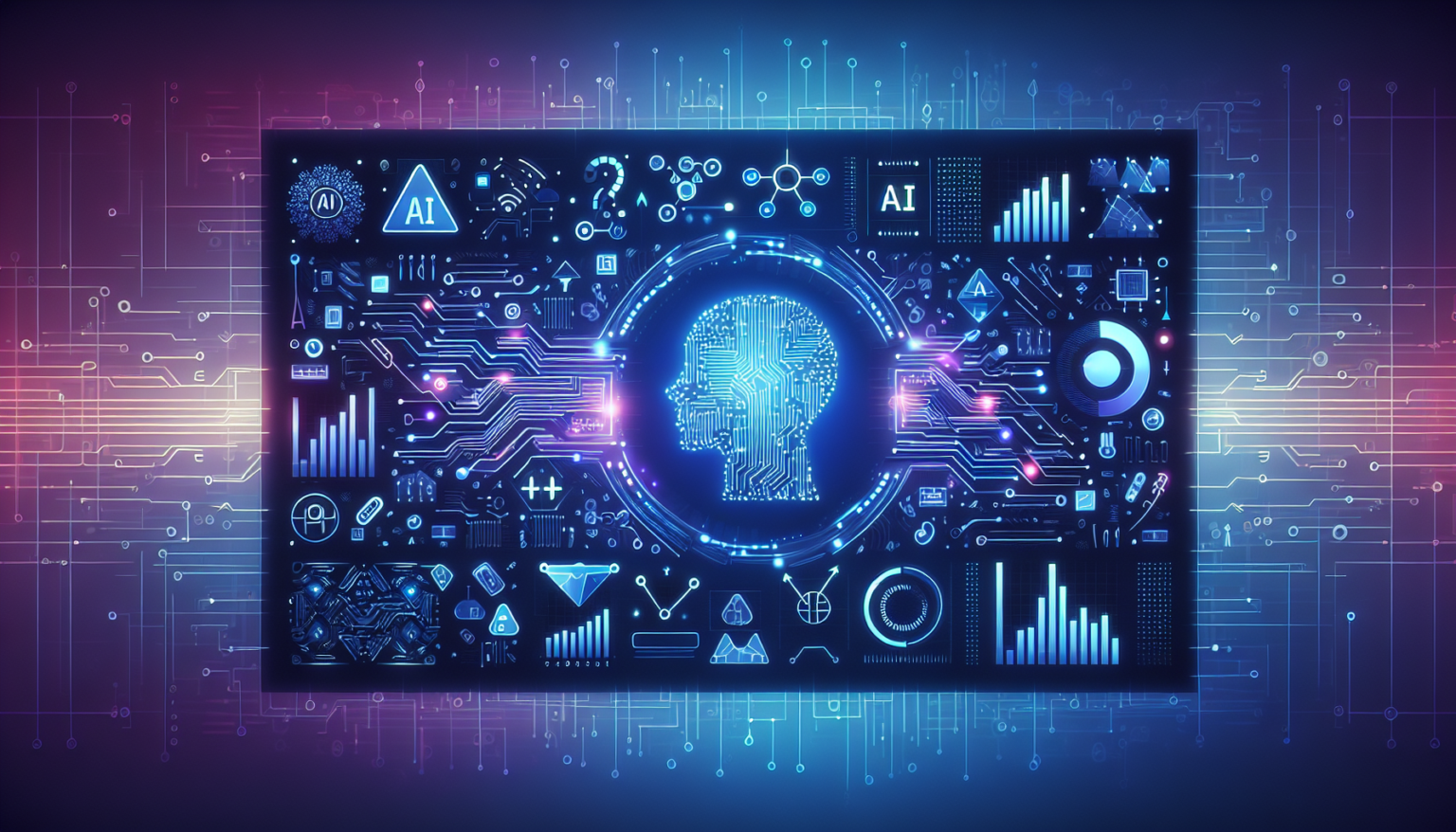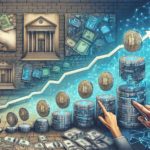The Evolution of AI in Automated Trading
From Rules-Based Systems to Machine Learning
Over the past few decades, automated trading has drastically evolved. Initially, traders relied on predefined rules and algorithms that executed trades based on specific conditions. These rule-based systems were limited in their adaptability and required constant oversight.
However, the rise of machine learning has revolutionized the landscape. Algorithms can now learn from vast amounts of historical data, improving their trading strategies over time. This shift enables systems to interpret complex patterns and adjust their strategies without direct human intervention, marking a significant leap in effectiveness.
Increased Use of Natural Language Processing
Natural Language Processing, or NLP, is making waves in the trading world. It allows algorithms to analyze news articles, social media sentiment, and other text sources, offering real-time insights into market sentiment. Traders can leverage this technology to gauge public sentiment around specific stocks or the market in general.
For instance, an algorithm can process a financial news report about a tech company and quickly determine if the sentiment is positive or negative. This information can influence trading decisions almost instantaneously, giving traders a competitive edge.
The Role of Big Data in Trading Strategies
Leveraging Data for Enhanced Decision-Making
In the age of information, big data plays a crucial role in automated trading. With access to an unprecedented amount of data, including historical market trends, economic indicators, and even consumer behavior analytics, traders can formulate more informed strategies.
Automated trading systems are becoming adept at identifying correlations and anomalies within these vast datasets. By integrating diverse data points, such as retail sales figures or geopolitical trends, traders can optimize their algorithms for better predictive accuracy. This leads to improved decision-making and maximizes returns.
Data Management Challenges
While big data offers tremendous opportunities, it also presents challenges. The sheer volume of data can be overwhelming, leading to potential inaccuracies if not managed correctly. Moreover, the rapid pace of data generation means algorithms must be designed to adapt quickly without becoming obsolete.
Traders will need to develop robust data management protocols to ensure the quality and relevance of the information they utilize. This includes continuous updating of datasets and refining algorithms to reduce noise and enhance precision over time.
Enhanced Risk Management through AI
Real-Time Risk Assessment
Risk management is critical in trading, and AI is stepping in to redefine how traders assess and mitigate risks. Advanced AI algorithms can analyze multiple factors influencing market volatility, allowing traders to make informed decisions that align with their risk tolerance.
These systems can continuously monitor market conditions and adjust trading positions in real-time. For example, an AI could detect early signs of market downturns and automatically trigger stop-loss orders, minimizing potential losses before they escalate.
Predictive Analytics for Better Forecasting
Predictive analytics powered by AI can provide traders with forecasts on price movements and market behavior. By analyzing historical data and identifying trends, these systems can hint at potential future scenarios.
Traders can use predictive models to simulate different market conditions, testing their strategies under various scenarios. This proactive approach not only enhances preparedness but also instills greater confidence in decision-making processes.
The Rise of Decentralized Finance (DeFi) and AI
Integration of AI in DeFi Platforms
Decentralized finance is gaining traction, and its intersection with AI presents unique opportunities. DeFi platforms rely on smart contracts to automate trading and financial processes without intermediaries, and integrating AI can improve these systems exponentially.
AI algorithms can optimize trading strategies within DeFi protocols, help streamline liquidity provision, and enhance user experience by offering personalized financial products. As a result, traders may find tailored solutions that better meet their individual needs and preferences.
Challenges and Security Concerns
While AI and DeFi have great potential, they are not without challenges. The security of decentralized platforms is a significant concern. Smart contracts are only as good as the code that underpins them, and flaws can lead to significant financial losses.
Moreover, the integration of AI raises ethical considerations. For instance, biased algorithms can inadvertently lead to unequal access to financial opportunities, further widening the gap between different market participants. Addressing these issues will be crucial for the sustainable development of AI-driven DeFi systems.
Future Workforce Landscape in Trading
The Role of Human Traders vs. AI
As AI technologies become increasingly capable, some might wonder about the future role of human traders. While it’s true that automated systems can execute trades faster and often more efficiently, human intuition and judgment remain indispensable.
Traders will gradually shift towards roles that emphasize oversight, strategy development, and interpretation of complex data insights eventually produced by AI. The combination of human creativity with AI’s analytical power can lead to innovative strategies that neither could achieve alone.
The Necessity for Upskilling
With the evolution of automated trading comes the necessity for continuous learning and upskilling among traders. Familiarity with AI technologies, data analysis, and programming will become integral to a trader’s toolkit. Professionals will need to adapt to new technologies, ensuring they can leverage AI to enhance their trading strategies effectively.
Financial education will also broaden to include insights into ethical trading practices and the implications of data-driven decisions. This holistic approach will be key in nurturing a new generation of traders equipped for the future.
Regulatory Considerations in AI-Driven Trading
The Need for Frameworks
As the adoption of AI in trading grows, regulatory bodies will need to establish frameworks to govern its use. Clear guidelines can help mitigate risks associated with automated trading, such as market manipulation or algorithmic failures.
Regulation will also play a crucial role in ensuring ethical standards, particularly as issues related to bias and privacy come to the forefront. Policymakers must stay ahead of technological advancements to ensure a balanced approach that encourages innovation while safeguarding market integrity.
Collaboration Between Industry and Regulators
Collaboration will be key in developing effective regulations surrounding AI in trading. Engaging industry experts, AI developers, and regulatory authorities can lead to well-informed frameworks that promote responsible usage of technology.
Working together, stakeholders can navigate the complexities of automated trading and develop solutions that reflect the rapidly changing landscape, ensuring that both innovation and security go hand in hand.
Conclusion
The future of AI and automated trading holds immense promise and challenges. It is certainly an exciting time to witness how technology continues to revolutionize financial markets. Embracing these advancements thoughtfully can lead to a more efficient, fair, and dynamic trading ecosystem, aligning with the needs of traders around the world.








